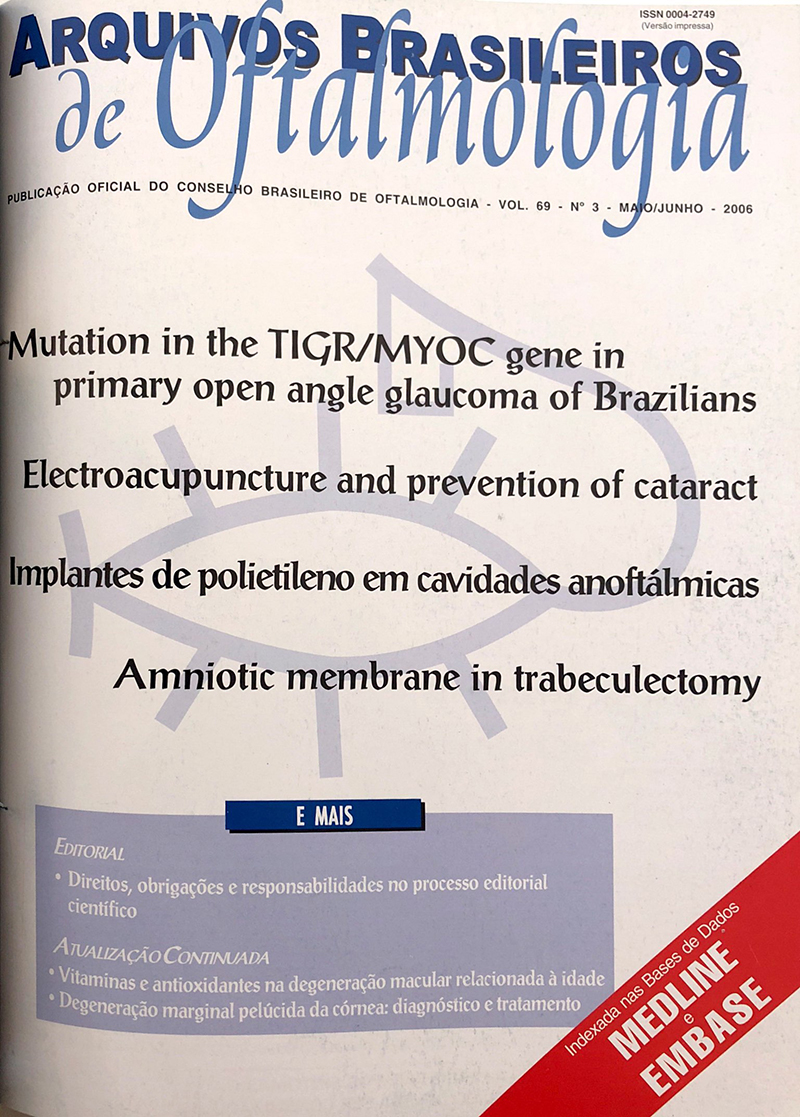PURPOSE: To evaluate astigmatism variation between preoperative, 1st and 12th postoperative month of patients who underwent cataract surgery with limbal relaxing incisions (LRI) aiming to reduce the preoperative astigmatism. METHODS: Sixteen patients who underwent cataract surgery by the phacoemulsification technique with a 5.5 mm escleral incision, at the Altino Ventura Foudation, between April and July of 2002. The limbal relaxing incisions were performed according to Gills' modified nomogram (1D - 1 LRI of 6 mm; 1-2D - 2 LRI of 6 mm; 2-3D - 2 LRI of 8 mm). They were done in the most curved meridians, determined by preoperative corneal topography. RESULTS: Significant reduction in preoperative astigmatism was observed in the 1st postoperative month in 2 limbal relaxing incisions of the 6 mm group (57% topographic astigmatism and 87% refractional) and in 2 limbal relaxing incisions of the 8 mm group (50% topographic astigmatism and 65% refractional), maintaining the reduction with no significant alteration until the 12th postoperative month. The 1 limbal relaxing incision of the 6 mm group did not yield significant astigmatism reduction, but there was no significant alteration until de 12th postoperative month. There were also no complications such as postoperative discomfort, glare, aniseiconia, diplopia, incision infection and corneal thinning or ectasia. CONCLUSION: Two limbal relaxing incisions of 8 and 6 mm aiming to correct preoperative astigmatism of 2 to 3D and 1 to 2D, respectively, were safe and effective with a stable effect in the first postoperative follow-up year. The 1 limbal relaxing incision of 6 mm aiming to reduce 1 diopter of preoperative astigmatism was not effective, but it did not induce any significant postoperative complications.
Keywords: Astigmatism; Cataract extraction; Limbus corneae; Corneal topography; Preoperative care; Postoperative care; Comparative study; Follow-up studies
